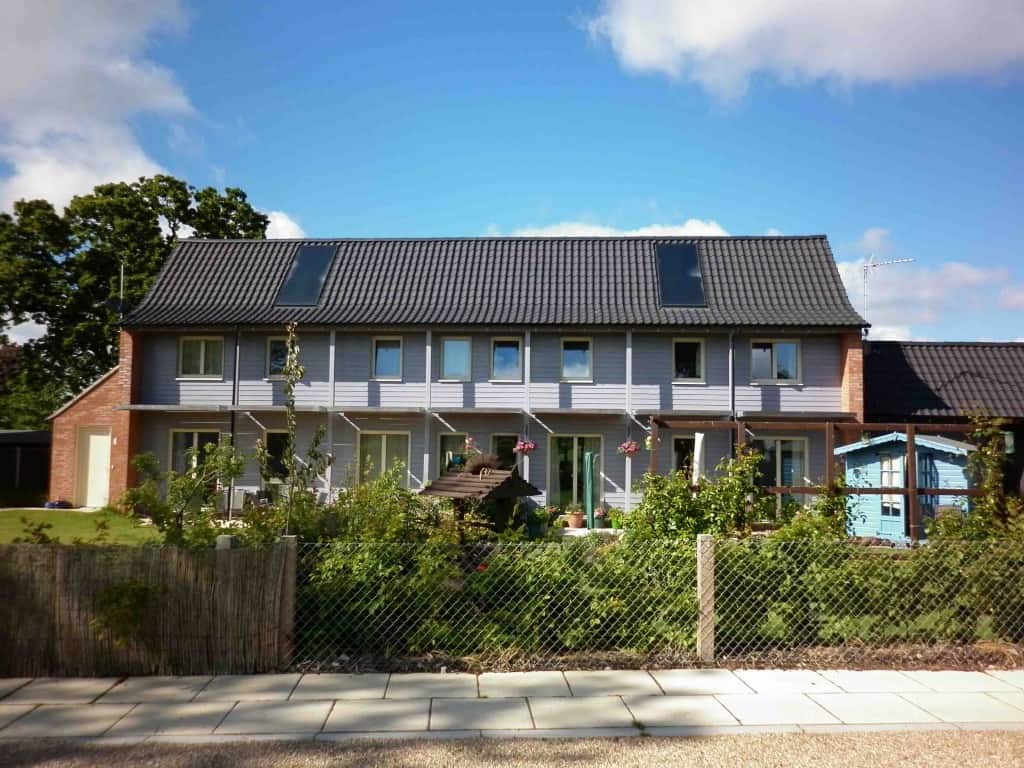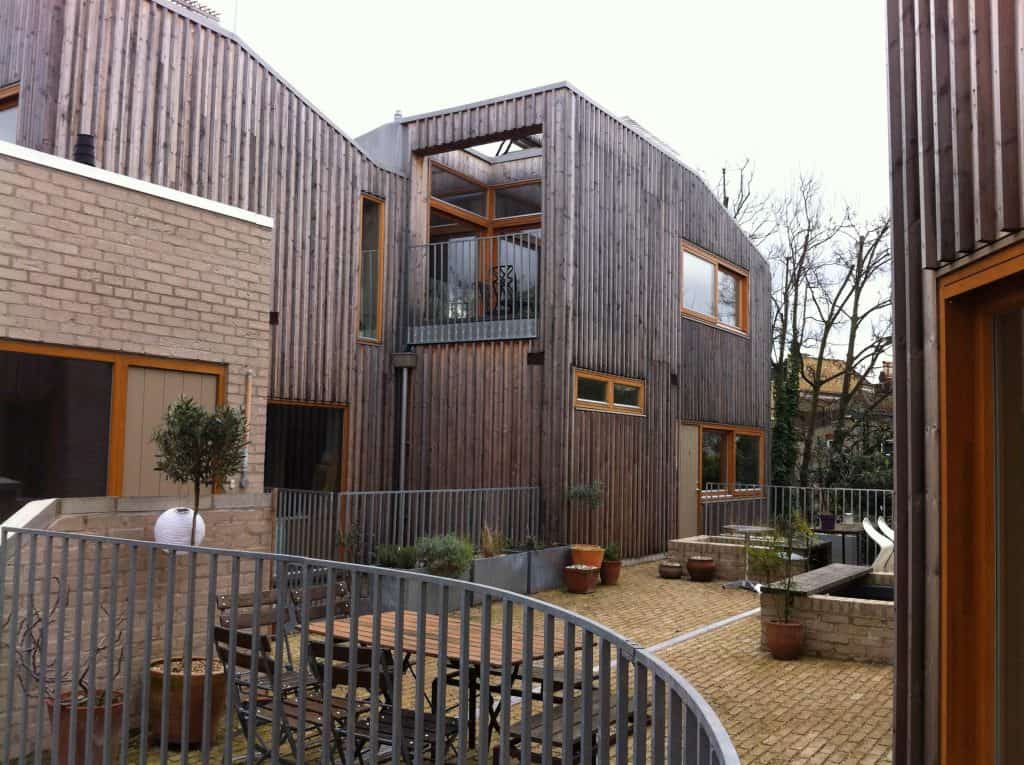Contemporary Vernacular Architecture should never be about ‘Pastiche’, here’s why…
There is much stigma around the term, but what exactly does ‘Pastiche’ mean? To put it simply, pastiche in Architecture refers to the imitation of style or character of other buildings. The term is not negative however it often has negative connotations, with the belief that the use of ‘pastiche’ within architecture produces unauthentic reproductions of the past.
Why do housebuilders use ‘Pastiche’?
There is something comforting about old things, this goes with old buildings too – it is a common fact that people like historic buildings. They have some sort of warmth about them (even if they can be very cold!), a sense of mystery and unknown, provoking us to use our imagination to conceive what was, how it was used and how it was built. Form, details, and embellishment presented within the architecture convey care and skill, speaking of another time and telling stories which teach us about our history, cultivating pride in our past and heritage. The problem is that:
British volume housebuilders offer their own warped version, at scale, arguing that we all like the ‘traditional’. But this is wrong…. We all like vernacular architecture because it speaks to us of our home, of our place or our people. But the same brick box applied numerous times whether you are in Norfolk or Devon has nothing to do with ‘traditional’. (quote from Clare’s book)
Not only this, but architects in Holland (FARO architekten) initiated a taste test to establish what people want from housing design:
The ‘Smaaktest’ 6 (taste test) …. discovered that both architects and ordinary people agreed that this new third way [Contemporary Vernacular Architecture] was better than a pastiche of the past or the complete disassociation found in Modernist design. (quote from Clare’s book)
Why housing design should learn from but not imitate the past
All these wonderful things about historic buildings however, cannot be authentically reproduced. We cannot truly recreate or replicate what has already been done, and attempts to do so can often end up as untruthful and unconvincing imitations of the past leading to a superficial echoing of historic character.
Contemporary architecture can learn from vernacular principles without resorting to pastiche, creating high-quality buildings that ‘fit’ in the same way that vernacular architecture does but reflecting a very different time. (quote from Clare’s book)
Above: Copper Lane by HHbR
Originality does not mean outlandish
It is true that it is almost impossible to design something completely unique that has not been done before. However, architecture does not insist on absolute newness or creating a bold statement, it just needs to have a sense of originality. We should always be learning from vernacular and historic architecture, and they should undoubtedly influence our judgement but should not impend our innovation and inspiration for new ideas and design. It is important to consider that one day, the building which we design will be old too, and in the future will represent and speak of our time today.
Lessons from our past
It is quite incredible what our ancestors have accomplished architecturally and we can learn a great deal from them. For many architects, it is hard to imagine a world without CAD, emails or even without a tape measure. Some of our greatest and oldest buildings, were built without any of these.
Clare’s Book
In Clare’s new book, ‘Contemporary Vernacular Design – How British housing can rediscover it’s soul’, she discusses how architecture ‘should learn from the past’, emphasising that successful contemporary vernacular does not use vernacular architecture for aesthetic inspiration only (as these can end up as naïve attempts to replicate originals), but also from the traditions used, whilst keeping in mind that new designs should deal with the kind of homes we need today, which will continue to evolve as our needs and available resources change.
CNA
At CNA we aim to learn from our surroundings and context, from the traditions, history and cultures to the physical environment (important views, materials and building methods used, textures, massing and landscape etc.), preserving our heritage where possible, however adapting designs to evolving ways of life and technologies.


